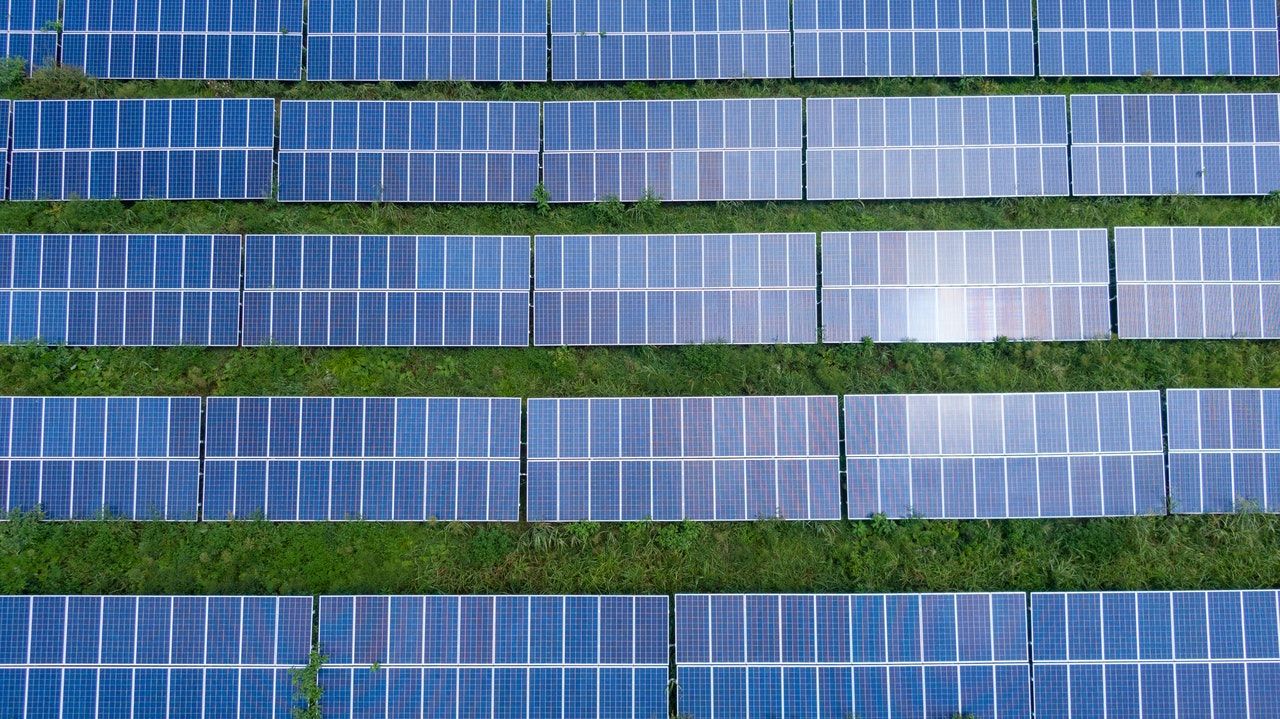Researchers of the Scientific and Technological University King Abdullah (KAUST) in Saudi Arabia developed a solar cell module, that improves the optical design and reduces energy losses between cells and modules in solar panels, TechXplore reported.
Research laboratories around the world are working to improve the efficiency of solar cells continuously. But the operation of these devices in the real world presents a unique additional problem.
For example, solar cells can be built into modules capable of shielding sensitive materials from harsh environments – which tends to detract from the power conversion efficiency and productivity gains so painstakingly achieved in the lab.
Lujia Xu, Stefan de Wolf, and their colleagues at KAUST have designed a more efficient solar array module with an improved optical design. The solar cells were made from a combination of two light-absorbing semiconductors: silicon and perovskite.
Silicon is currently a well-established material in the production of solar cells. Perovskites are relatively new material, although adding a thin layer over silicon has already shown improved performance at a reasonable cost.
These so-called tandem perovskite-silicon solar cells have previously demonstrated optical-to-electrical conversion efficiency of up to 30%. Theoretical modeling has shown that this figure can reach 45%.
But when KAUST researchers placed such tandem solar cells in a shield module, they found that the efficiency dropped from 28.9% to 25.7%. This module was done in the standard way by placing the solar cells between two glass sheets, and the inside was filled with thermoplastic polyurethane to seal the solar cells.
The scientists thought that the decrease in efficiency was due to the mismatch in refractive indices after introducing glass and polyurethane directly into solar cells without optimization between cells and modules, which leads to an increase in the reflection of incoming light.
Next, the researchers decided to reduce frontal reflection losses by changing the optical design of the module for a better refractive index. By moving a film of magnesium fluoride from the top of the cell to the top of the front glass, they achieved the desired effect, ensuring effective light penetration.

